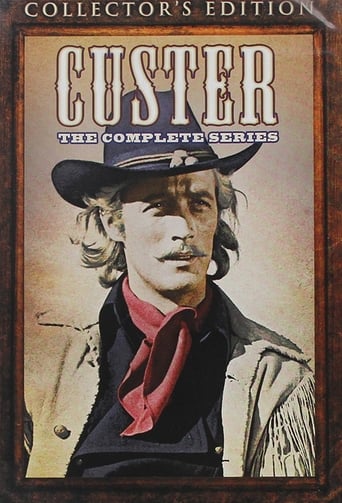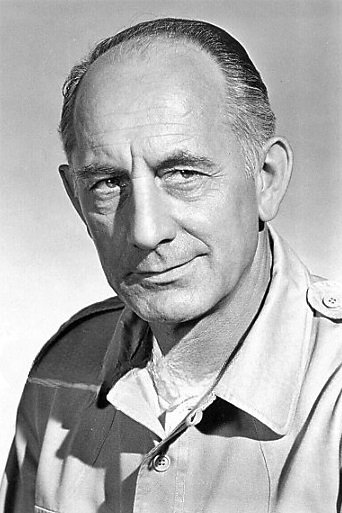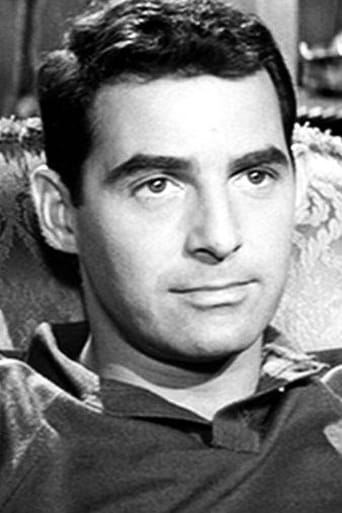
Custer (1967)
Custer, also known as The Legend of Custer, is a 17-episode military-western television series which ran on ABC from September 6 to December 27, 1967, with Wayne Maunder in the starring role of then Lieutenant Colonel George Armstrong Custer. During the American Civil War, Custer had risen to the rank of major general, the youngest in the Union Army. He was demoted after the war during force reductions to the rank of Captain, but was reinstated in 1866 as a Lieutenant Colonel in command of the Seventh Cavalry, stationed at Fort Riley, Kansas. Many of the soldiers in the regiment were derelicts, former Confederates, or even criminals. The series was cancelled before the script timeline would have reached the Little Big Horn River of southeastern Montana, where all perished on June 25, 1876, in a Sioux Indian ambush, Robert F. Simon played Custer's commanding officer, U.S. General Alfred H. Terry, who disapproved of Custer's long hair and much of his methodology of fighting Indians. Slim Pickens starred as a scout named California Joe Milner. Michael Dante appeared as Sioux Chief Crazy Horse. Peter Palmer played Sergeant James Bustard, a former Confederate soldier. Grant Woods appeared as Captain Myles Keogh. Read Morgan, formerly a cavalry officer on NBC's The Deputy, appeared in the episode "Spirit Woman" in the role of a medicine man.
Country: US
Language: En
Runtime: 60
Season 1:

An expedition into the Black Hills becomes deadly when a lieutenant who hates Colonel Custer disobeys orders, forcing the 7th to return to conduct a rescue. The young man's father, responsible for many flaming newspaper articles on the Colonel, follows, placing everyone in greater danger as they seek to avoid further hosilities with the Indians.

Custer and the 7th must help delivery cattle with a man that hold all cavalrymen in comtempt.

Custer is assigned to track down a Native American prisoner who escaped from Army custody.

Custer and his troops are assigned to take a secret shipment through hostile Native American territory.

When Custer and Crazy Horse are both captured by Blackfeet who are hostile to both whites and the Sioux, the two enemies must work together in order to escape and stay alive.

Lt. Moreno is a Kiowa in the cavalry who his men suspect him of being a spy. The men of command presume that Moreno is trying to thwart the efforts of making the Arapaho an Allie to the cavalry.

After a period of leave, Custer takes a stagecoach back to Fort Hays that is menaced by both outlaws and hostile Native Americans.

Custer tries to halt the spread of smallpox amongst the Pawnee tribe.

A renegade scout who hates Custer cuts a deal with Sioux chief Crazy Horse. In return for gold, he'll lead Custer into an ambush.

A detachment of the 7th Cavalry ends up killing a peaceful Cheyenne hunting party. This event puts a Cheyenne chief and a female reporter after Custer's scalp.

Custer escorts a survey party through a settlement of former Confederates who aren't very happy to see a former Union foe in their midst.

Custer and two other officers match wits with a dangerous Native American warrior at a remote relay station.

Custer tries to protect a Sioux mystic woman from both white and Native American enemies.

Custer is given the task of stopping a band of Irish fanatics who are plotting to invade Canada.

Custer enlists the aid of some Kiowas to help him discover the parties responsible for a series of wagon train raids.

Custer goes in pursuit of a scout who escaped from Army custody after being convicted of theft and killed a trooper while making his bid for freedom.








